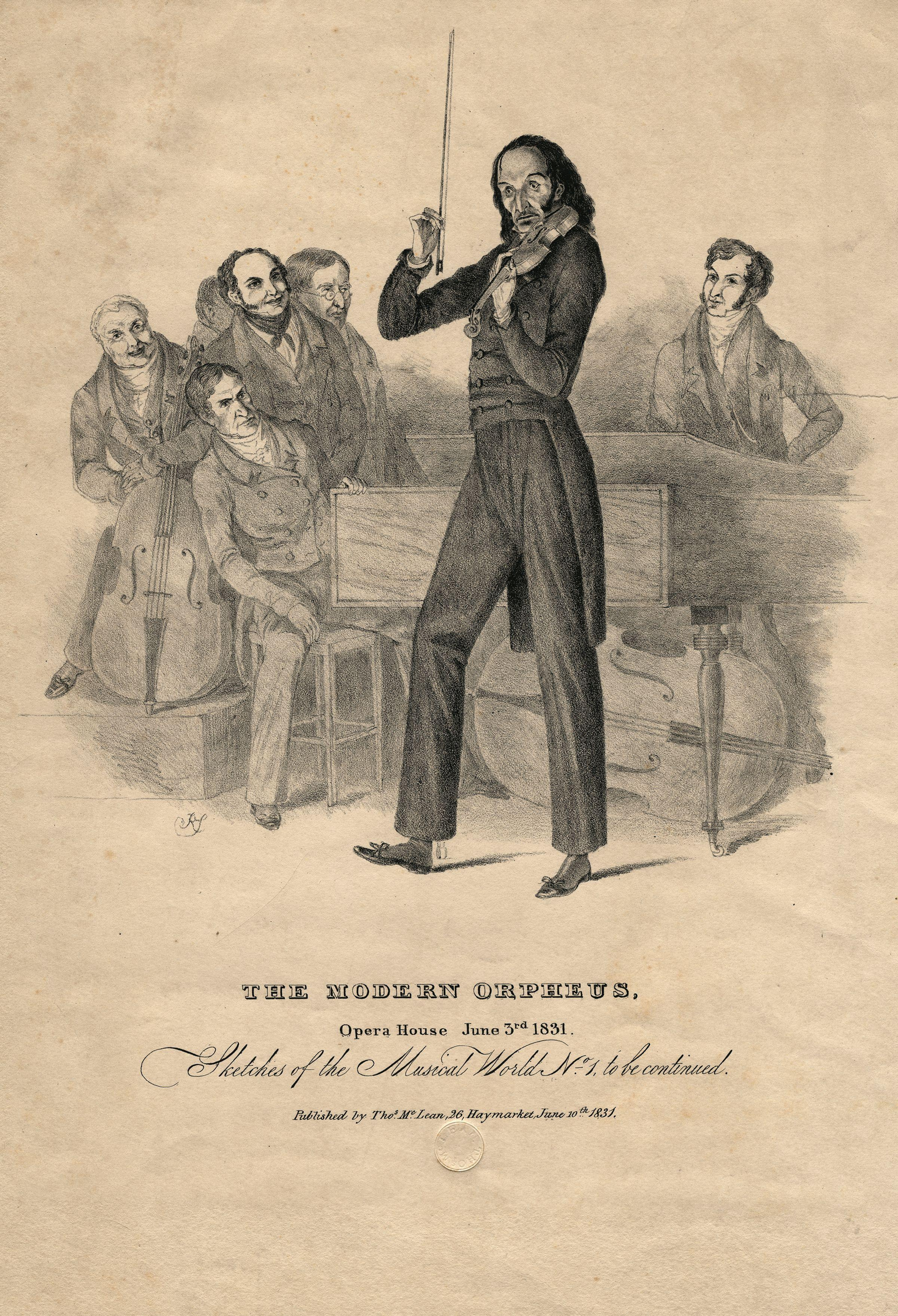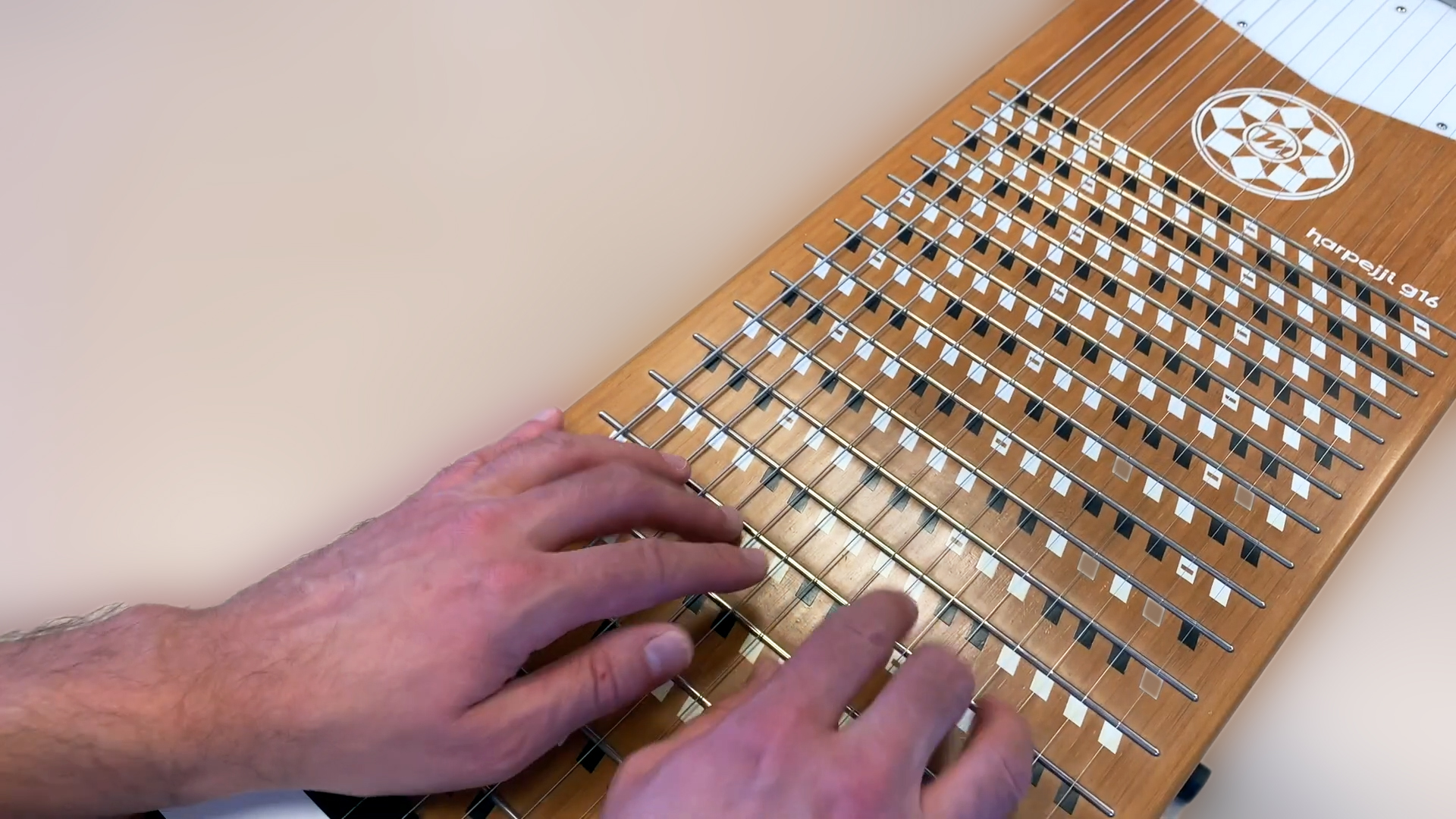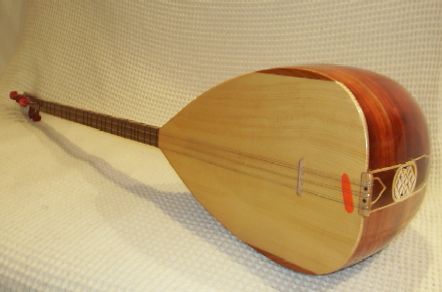|
Tapping
Tapping is a playing technique that can be used on any stringed instrument, but which is most commonly used on guitar. The technique involves a string being fretted and set into vibration as part of a single motion. This is in contrast to standard techniques that involve fretting with one hand and picking with the other. Tapping is the primary technique intended for instruments such as the Chapman Stick. Description Tapping is an extended technique, executed by using either hand to 'tap' the strings against the fingerboard, thus producing legato notes. Tapping generally incorporates pull-offs or hammer-ons. For example, a right-handed guitarist might press down abruptly ("hammer") onto fret twelve with the index finger of the right hand and, in the motion of removing that finger, pluck ("pull") the same string already fretted at the eighth fret by the little finger of their left hand. This finger would be removed in the same way, pulling off to the fifth fret. Thus the three n ... [...More Info...] [...Related Items...] OR: [Wikipedia] [Google] [Baidu] |
Megatar
The Megatar is a stringed musical instrument designed to be played using a two-handed tapping technique. It is manufactured by the American company Mobius Megatar. Description The Megatar is a fretted instrument with 12 strings, divided in two sections of six, where one set of strings is for bass and the other for melody. Both sides are normally tuned in fourths intervals. Other tunings and setups are common. The scale length is similar to an electric bass guitar. It uses electronic pickups that should be connected to an amplifier to produce sound. The instruments have two embedded, dual-action truss rods and a stereo 1/4" output. The Megatars are usually made with bolt-on necks. However, from 2007, all new instruments are exclusively "neck-through". All models are either built from light-colored maple and alder or premium dark woods like mahogany, sapele, wenge, and rosewood. A redesigned version was released in 2014. Models There are several models of the Megatar availab ... [...More Info...] [...Related Items...] OR: [Wikipedia] [Google] [Baidu] |
Harpejji
The harpejji ( ) is an electric stringed musical instrument developed in 2007 by American audio engineer Tim Meeks. It can be described as a cross between a piano and a guitar, or as a cross between an accordion and a pedal steel guitar. The playing surface has a layout arranged in ascending whole tones across strings, and ascending semi-tones as the strings travel away from the player with a five octave range from A0 to A5. Harpejjis use an electronic muting system to dampen unfretted strings and minimize the impact of sympathetic vibrations. About 500 harpejjis have been made as of 2019. The harpejji is a descendant of the StarrBoard which was developed in the 1980s. Its name is a portmanteau from "harp" and "arpeggio". Technique It is primarily played with a two handed tapping technique. It differs from other tapping instruments, such as the Chapman Stick, by way of the orientation of the instrument to the player. The instrument rests on a stand like a keyboard, wi ... [...More Info...] [...Related Items...] OR: [Wikipedia] [Google] [Baidu] |
Chapman Stick
The Chapman Stick is an electric musical instrument devised by Emmett Chapman in the early 1970s. A member of the guitar family, the Chapman Stick usually has ten or twelve individually tuned strings and is used to play bass lines, melody lines, chords, or textures. Designed as a fully polyphonic chordal instrument, it can also cover several of these musical parts simultaneously.Adelson, Steve"Emmett Chapman and the Stick"– "GuitarPlayer.com". The Stick is available with passive or active pickup modules that are plugged into a separate instrument amplifier. With a special synthesizer pickup, it can be used to trigger synthesizers and send MIDI messages to electronic instruments. Description and playing position A Stick looks like a wide version of the fretboard of an electric guitar, but with 8, 10, or 12 strings. It is, however, considerably longer and wider than a guitar fretboard. Unlike the electric guitar, it is usually played by tapping or fretting the strings, r ... [...More Info...] [...Related Items...] OR: [Wikipedia] [Google] [Baidu] |
Extended Technique
In music, extended technique is unconventional, unorthodox, or non-traditional methods of singing or of playing musical instruments employed to obtain unusual sounds or timbres.Burtner, Matthew (2005).Making Noise: Extended Techniques after Experimentalism, ''NewMusicBox.org''. Composers’ use of extended techniques is not specific to contemporary music (for instance, Hector Berlioz’s use of ''col legno'' in his '' Symphonie Fantastique'' is an extended technique) and it transcends compositional schools and styles. Extended techniques have also flourished in popular music. Nearly all jazz performers make significant use of extended techniques of one sort or another, particularly in more recent styles like free jazz or avant-garde jazz. Musicians in free improvisation have also made heavy use of extended techniques. Examples of extended techniques include bowing under the bridge of a string instrument or with two different bows, using key clicks on a wind instrument, blowing ... [...More Info...] [...Related Items...] OR: [Wikipedia] [Google] [Baidu] |
Legato
In music performance and notation, legato (; Italian for "tied together"; French ''lié''; German ''gebunden'') indicates that musical notes are played or sung smoothly and connected. That is, the player makes a transition from note to note with no intervening silence. Legato technique is required for slurred performance, but unlike slurring (as that term is interpreted for some instruments), legato does not forbid re- articulation. Standard notation indicates legato either with the word ''legato'', or by a slur (a curved line) under notes that form one legato group. Legato, like staccato, is a kind of articulation. There is an intermediate articulation called either ''mezzo staccato'' or ''non-legato'' (sometimes referred to as ''portato''). Classical string instruments In music for Classical string instruments, legato is an articulation that often refers to notes played with a full bow, and played with the shortest silence, often barely perceptible, between notes. The play ... [...More Info...] [...Related Items...] OR: [Wikipedia] [Google] [Baidu] |
Hammer-on
A hammer-on is a playing technique performed on a stringed instrument (especially on a fretted string instrument, such as a guitar) by sharply bringing a fretting-hand finger down on to the fingerboard behind a fret, causing a note to sound. This technique is the opposite of the pull-off. Passages in which a large proportion of the notes are performed as hammer-ons and pull-offs instead of being plucked or picked in the usual fashion are known in classical terminology as ''legato'' phrases. The sound is smoother and more connected than in a normally picked phrase, due to the absence of the necessity to synchronize the plucking of one hand with the fingering on the fingerboard with the other hand; however, the resulting sounds are not as brightly audible, precisely due to the absence of the plucking of the string, the vibration of the string from an earlier plucking dying off. The technique also facilitates very fast playing because the picking hand does not have to move at such ... [...More Info...] [...Related Items...] OR: [Wikipedia] [Google] [Baidu] |
Violin
The violin, sometimes known as a ''fiddle'', is a wooden chordophone (string instrument) in the violin family. Most violins have a hollow wooden body. It is the smallest and thus highest-pitched instrument (soprano) in the family in regular use. The violin typically has four strings (music), strings (some can have five-string violin, five), usually tuned in perfect fifths with notes G3, D4, A4, E5, and is most commonly played by drawing a bow (music), bow across its strings. It can also be played by plucking the strings with the fingers (pizzicato) and, in specialized cases, by striking the strings with the wooden side of the bow (col legno). Violins are important instruments in a wide variety of musical genres. They are most prominent in the Western classical music, Western classical tradition, both in ensembles (from chamber music to orchestras) and as solo instruments. Violins are also important in many varieties of folk music, including country music, bluegrass music, and ... [...More Info...] [...Related Items...] OR: [Wikipedia] [Google] [Baidu] |
Niccolò Paganini
Niccolò (or Nicolò) Paganini (; 27 October 178227 May 1840) was an Italian violinist and composer. He was the most celebrated violin virtuoso of his time, and left his mark as one of the pillars of modern violin technique. His 24 Caprices for Solo Violin Op. 1 are among the best known of his compositions and have served as an inspiration for many prominent composers. Biography Childhood Niccolò Paganini was born in Genoa (then capital of the Republic of Genoa) on 27 October 1782, the third of the six children of Antonio and Teresa (née Bocciardo) Paganini. Paganini's father was an unsuccessful trader, but he managed to supplement his income by playing music on the mandolin. At the age of five, Paganini started learning the mandolin from his father and moved to the violin by the age of seven. His musical talents were quickly recognized, earning him numerous scholarships for violin lessons. The young Paganini studied under various local violinists, including Giovanni Serve ... [...More Info...] [...Related Items...] OR: [Wikipedia] [Google] [Baidu] |
Bağlama
The ''bağlama'' or ''saz'' is a family of plucked string instruments, long-necked lutes used in Ottoman classical music, Turkish folk music, Turkish Arabesque music, Azerbaijani music, Kurdish music, Armenian music and in parts of Syria, Iraq and the Balkan countries. ''Bağlama'' ( tr, bağlama) is Turkish from ''bağlamak'', "to tie". It is . ''Saz'' ( fa, ساز) means "to make; to compose" in Persian. It is . According to ''The New Grove Dictionary of Music and Musicians'', "the terms 'bağlama' and 'saz' are used somewhat interchangeably in Turkey." Like the Western lute and the Middle-Eastern oud, it has a deep round back, but a much longer neck. It can be played with a plectrum or with a fingerpicking style known as ''şelpe''. In the music of Greece the name ''baglamas'' ( el, μπαγλαμάς) is given to a treble bouzouki, a related instrument. The Turkish settlement of Anatolia from the late eleventh century onward saw the introduction of a two-string Turkmen ... [...More Info...] [...Related Items...] OR: [Wikipedia] [Google] [Baidu] |






